The debate on who is to blame for the worldwide epidemic of obesity is intense. Many have traditionally claimed that people living with obesity are themselves to blame: “they should just exercise more and eat healthier”. Ruth Loos has dedicated her career to understanding the biology that underlies body weight regulation. For her efforts, she is receiving the 2023 EASO – Novo Nordisk Foundation Obesity Prize for Excellence.
Obesity can have serious health effects, including an increased risk of type 2 diabetes, heart disease, stroke and some types of cancer. It can also affect a person’s quality of life and lead to social stigmatisation, but not all people with high body weight are unhealthy. When researchers do genomic studies, people with the same body mass index are often considered the same. People may have the same body mass index, but the risk of disease may differ considerably.
“My trajectory may be very different. I may have had obesity since early on in life, whereas for others, it may have accumulated slowly. So, in many ways, obesity and hypertension are similar. They are genetically dependent risk factors, so they are very difficult to avoid. They might make you sick, but some people do not have cardiometabolic risk factors. We call them this healthy obesity. We try to identify these subtypes among people with obesity, so we know who to treat,” explains Ruth Loos, Professor, Group Leader and Vice Executive Director, Novo Nordisk Foundation Center for Basic Metabolic Research, University of Copenhagen.
Something I wanted to do more
As the daughter of two Belgian bakers in Antwerp, Ruth Loos’s scientific interest might not have been inherited, but the sheer discipline of working every weekend was a natural part of her upbringing. She studied kinesiology and exercise science at KU Leuven.
“I played soccer for a time at a reasonably high level in Belgium. And it sort of fit with my lifestyle and my interests. And that is how I got into physical education. I already knew that I was never going to be a physical education teacher. Most of my colleagues were top athletes, and we were both doing the same courses, with me going one way and them going the other way. I stayed more on the scientific track.“
The curriculum included physics, anatomy, physiology, statistics and study design, and Ruth Loos quickly noticed that these were of greater interest to her. She stayed on to study an extra year, undertaking a 1-year masters of public health programme. One of her projects was to write an essay. She chose to write on the topic of how diet and exercise could benefit a person’s lipid profile.
“I went through the literature; I wrote it up, and one of my mentors said: Why don’t you make a paper out of this? I submitted a paper and never heard back. But years later, I realised that it had been published in a Belgian science journal. So, although it was not peer reviewed and not in a highly rated journal, this was my first paper. And maybe I also then realised that this was something I wanted to do more of.”
10,000 twin pairs
After finishing her studies in kinesiology at KU Leuven, Ruth Loos wanted to do a PhD, and one of her university mentors said:
“We have a study running at the Department of Human Genetics at the Faculty of Medicine. So why don’t you check with them to see whether they can use you to help them with coordinating this twin study?”
The East Flanders Prospective Twin Survey is a registry of multiple births in East Flanders. Since it started in 1964, the birth weights of more than 10,000 twin pairs have been registered, and samples of the placenta have been collected at birth.
“By the time I was ready to do my PhD, the oldest twins were 34. The idea was now to study how birth weight and the intrauterine environment of the twins affected their adult health, their body composition and their insulin and glucose levels.“
One of Ruth’s jobs was to pick up the twin pairs in a van to go for examination at the centre.
“And you see these identical twins growing at the same rate, whereas these not identical twins, like one day, you pick them up and one is tall, and the next 6 months later, you pick the other up again, and the other one is taller. So that’s really a good introduction for me to genetics.”
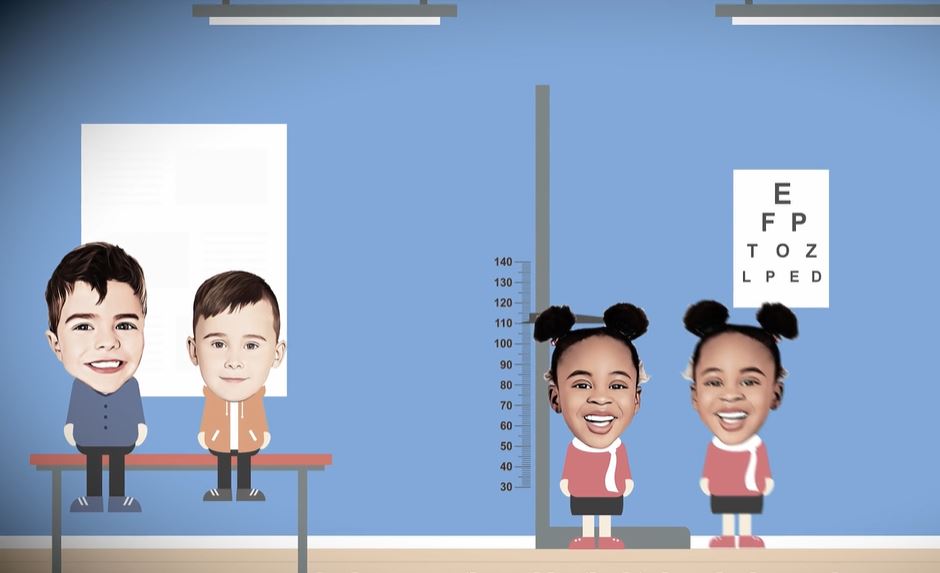
Are you still interested?
Towards the end of her PhD programme, Ruth Loos came across a pamphlet from the Belgian American Educational Foundation. They were recruiting PhD students and postdocs to study in the United States.
“I thought, why not apply because I had not really thought much about what to do next. So I applied and was invited for an interview. I decided to go to Pennington Biomedical Research Center. It did feel a little maybe weird to see that everyone else is going for these high-end universities like MIT or UC Berkeley, whereas I was going to Baton Rouge, Louisiana, but I must say I had the best time of my life there.”
Claude Bouchard’s Human Genomics Laboratory in Baton Rouge also became the most important stepping stone of her career. Coincidently, a collaborator from Cambridge, Nick Wareham, came to the American Diabetes Association in New Orleans.
“And he says, like, why don’t you come and finish your postdoc in Cambridge? And I said, well, I just got another grant, and I want to finish that grant first. And we’ll see after. So, I finished that grant. After 3 years, I contacted Nick. And I said, are you still interested? And he said, Yeah, of course, come over.”
How Ruth got into obesity
In the early 2000s, Nick Wareham’s group had started doing genome-wide association studies (GWAS), some of the first in the world – trying for the first time to link genetic variants with specific traits.
“It was very new, and very expensive at the time. And Nick’s cohort had the opportunity to also be genotyped. At that time, very few studies did that, so that put me at the forefront of these genome-wide association studies.”
At the time, it took 2 weeks to run one GWAS, but soon, technology caught up, cutting down analysis time to half a day.
“With GWAS, they finally got the necessary tools. I was at the right place at the right time. With the right people. Nick said: ‘Well, you, you work on the genetics of obesity, and I’m going to do the genetics of diabetes.’ And that’s sort of how I got into obesity.”
Beginning of an era
Obesity was not as hot a subject as it is today, but animal studies had shown that certain genes influence obesity, and when researchers looked at certain variants within these candidate genes, they could replicate this in humans.
“But we cannot easily replicate this in humans. We knew that there was a genetic component, we just couldn’t get to it.”
The researchers soon realised that with the small cohorts, they could not do much. They needed to collaborate. Colleagues in Oxford and Exeter were doing GWAS for type 2 diabetes. Coincidently, they found a variant that was associated with type 2 diabetes but through its association, with obesity.
“So, they changed the story. And they said, we are going to focus this paper on this variant called FTO, associated with obesity. And they asked us to replicate the finding. And we looked in our dataset and found a replication. So that was my first small contribution to their big paper in Science. That was sort of the beginning of the whole GWAS era for obesity.“
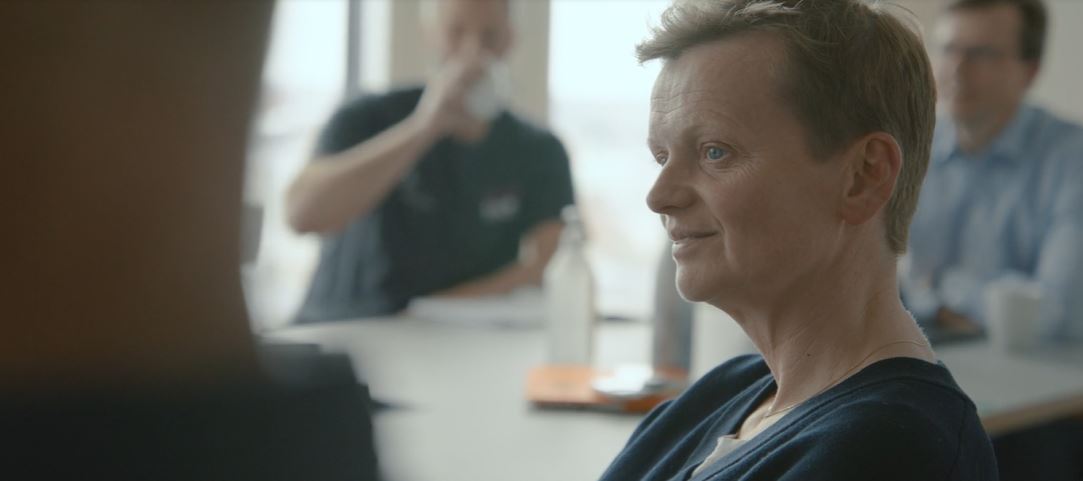
The biology behind it
The next study became even bigger and more international. Together with the people at Oxford but also in Switzerland, Ruth Loos led a study with 16,000 individuals. In 2008, they found an association with a variant near the brain's melanocortin receptor, MC4R.
“This gene is still the most commonly known genetic defect predisposing people to obesity.“
With the establishment in 2008 of the GIANT (Genetic Investigation of Anthropometric Traits) consortium led by Joel Hirschhorn, an international collaboration between many groups, institutions, countries and studies was formed. The common goal of these joint efforts was to identify genetic loci that modulate human body size and shape, including measures of obesity.
“The consortium has been important to me and instrumental to the genetics of the obesity field. And we go from there on the studies, just the groups have grown bigger and bigger and bigger. And by now we have a study published with 800,000 individuals, and an even bigger study is currently underway.“
With GIANT, the genetic findings became truly robust. At the same time, the real challenge became apparent to the researchers.
“We find these variants, and that’s easy. But what do they mean? What’s the biology behind it? And that’s what we’re currently, I would say struggling with, going from variants to function to biology.”
Subtyping
People often assume that people with the same body mass index are a similar kind of individuals, and when researchers did genetic studies, people with the same body mass index were considered the same, the same data points. As it turns out, not all people living with obesity get complications.
“But in reality, we know that you and I may have the same body mass index, but our body composition may be very different, and my risk of disease may be very different, my trajectory may be very different. I may have been living with obesity since early in life, whereas for you, it may have accumulated slowly. So, part of my research is now to examine whether we can identify subtypes among people with obesity.
The research of Ruth Loos and her colleagues has shown that a typical subtype is people with obesity who do not have cardiometabolic risk factors – metabolically healthy obesity. They have therefore done genetic discovery studies to find variants that look at this coupling and uncoupling of obesity with its comorbidities.
“A main barrier to weight loss and weight maintenance is that we typically consider all individuals with obesity as one homogeneous population. We have found 62 variants that are associated with increased adiposity but lower risk of cardiometabolic factors. So, if people have a high score for these 62 variants, they may be prone to gain weight, but they are not at risk for comorbidities.“
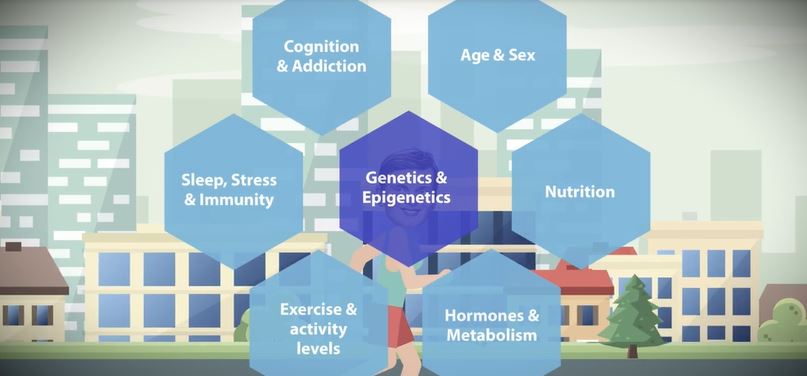
The picture is very similar
Obesity is an important risk factor for cardiometabolic diseases, a bit like hypertension, but …
“When you have hypertension, people don’t see that. They don’t judge. If you tell them you went to the doctor to get medication to get treated for hypertension, they think like, yeah, that’s a good idea. But when you have obesity and you go to the doctor to get treated, that’s suddenly not acceptable.”
According to Ruth Loos, the major difference is that obesity and body weight are visible.
“So, people have an opinion about your body weight, whereas people have no opinion about your blood pressure, and they think they know how you can lose weight even though their genetic susceptibility may be high, because for some people the genetic component is stronger than for others.“
But of course, it is not all about the genes. Today, it is known that obesity is a multifactorial condition that is caused by the unique interplay between biology and environmental factors.
“40% to 70% of all the variation that you see in body mass index in the population is since people differ genetically. And the 30% to 60% is because people have different lifestyles. So, it also means that people may be highly susceptible to obesity. The environment will still play a role.
Controlled by our brain
The researchers have shown that in studies showing that people who have high genetic susceptibility are more susceptible to obesity, they will also have a higher body mass index.
“But we also show that if your lifestyle is healthy, if you live a physically active lifestyle, then that risk can be attenuated by 30% to 40%. So, it’s an important public health message because it means that genetics is not the be all and end all. It’s like, if you live a healthy life, you can attenuate that genetic susceptibility. It’s not easy. But it’s possible.”
The genetic studies show that gaining weight is primarily driven by how the brain controls our hunger, satiety and reward. When it comes to having a high body mass index, this might be very much controlled by our brain. Whereas the genes for the comorbidities heart attack, stroke, diabetes and fatty liver disease are found elsewhere.
“When we do this analysis where we look for genetic variants or genes that couple or uncouple adiposity from risk factors, we get very different expression in very different tissues. The genes that we find are not expressed in the brain at all; the genes that we find are expressed in adipose tissue. So, this points to the importance of the health of the fat cell in adiposity and comorbidities.”
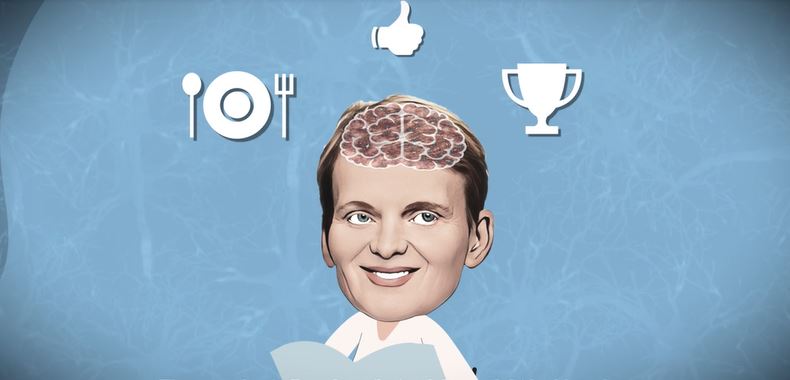
DelPHI
Ultimately, the researchers hope they can use these kinds of genetics to do precision diagnosis and precision medicine – treating people according to their genetic profile. But obesity - and even obesity linked with comorbidities - are both partly genetic and partly environment.
“So, when we undertake precision diagnosis, we will always have to consider something else than genetics. We must always have the non-genetic component to get the greatest precision.”
To predict who should be treated one way and who should be treated another way, or what can be done to prevent the condition, the researchers have now started a huge cohort study at the Novo Nordisk Foundation Center for Basic Metabolic Research at the University of Copenhagen: the Danish Precision Health Initiative (DelPHI), together with Flemming Dela, who is heading the research group Xlab at the Faculty of Health and Medical Sciences.
“Participants will be invited for an in-clinic, deep-phenotyping session. We measure their health in enormous detail, including liver scans, eye scans, we do a VO2 max test and then we send them off for 10 days, because we also want to see how they live their lives.”
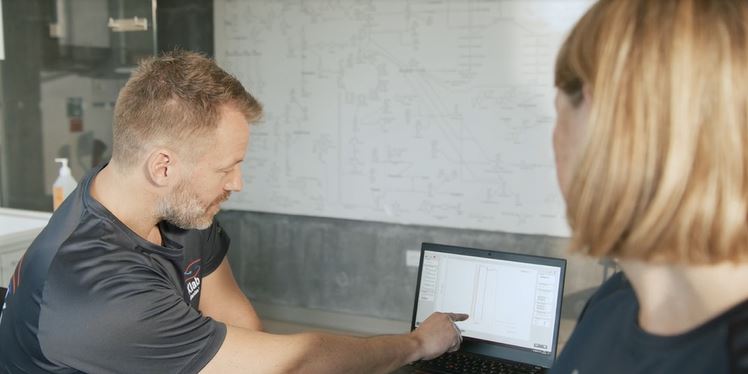
Not doing just science for the science
After a baseline in-clinic visit, participants wear a continuous glucose monitor for 10 days to collect information on glucose levels and log real-time food intake, sleep times and physical activity. They collect faecal and saliva samples for microbiome analyses. The precision health cohort will be recruited, phenotyped and followed for years to come.
“They bring back stool and urine samples. And then we hope to do this again every 2 years so that we can follow them over time. And then we can see how their health changes over time. To then learn more about the type of obesity they may have or the type of body composition they may have and how that influences comorbidities later in life.“
To fully realise the power of these multidimensional data, cutting-edge methods will be applied, using machine-learning approaches focused on integrating information to improve diagnosis, prognosis and prediction of disease and better tailor prevention and treatment strategies.
“I’m not doing just science for the science but to help make a difference in one way or another. Ultimately, we hope to use all that information to predict who is more at risk of developing certain diseases. The more precisely patients can be diagnosed, the better one can predict who is at risk and the more effectively prevention and treatment strategies can be tailored to patients’ diagnoses through precision prevention and treatment.”
